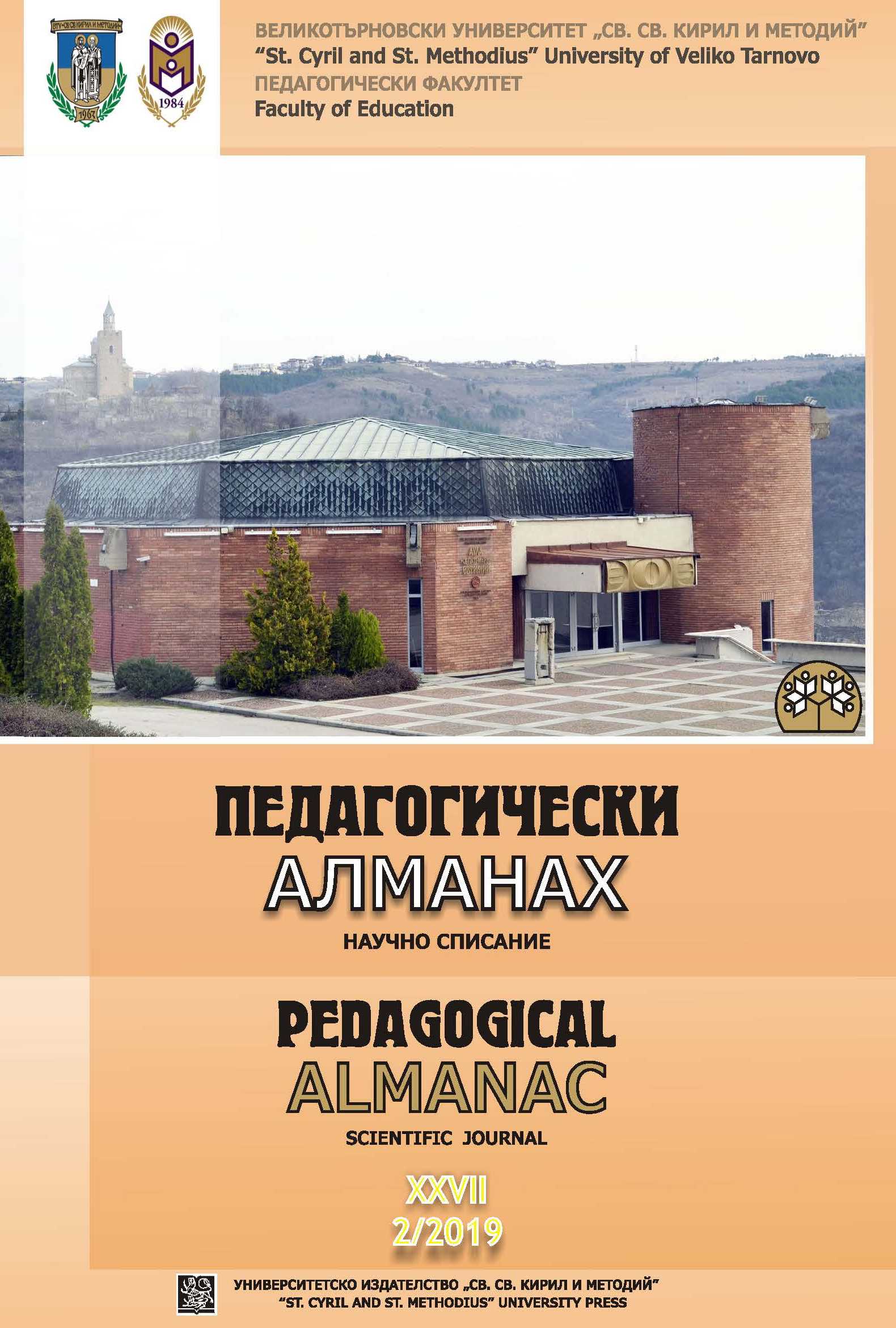Влияние на езика върху тревожността и агресивното поведение на деца в риск
Language impact towards anxiety and aggression of at-risk children
Author(s): Katerina Zlatkova-DonchevaSubject(s): Social Sciences, Education
Published by: Великотърновски университет „Св. св. Кирил и Методий”
Keywords: children at risk; children deprived of parental care; anxiety; aggression; language; paralinguistic signs; lexical content
Summary/Abstract: Current study research the use of language towards aggressive behavior and anxiety of at-risk children deprived of parental care. At-risk youth raise outside their family and in residential care home centers are most vulnerable children with a high level of anxiety, aggression, and emotional disorders. Children without parents living in Bulgarian residential centers homes (N=40) divided into 3 age groups (aged 7–10; aged 11–14; and aged 15–17) comprised intervention performed by volunteers using 4 interaction strategies: normal voice and positive language (N+); high tone and positive language (H+); normal tone and negative language (N-) and high tone and negative language (H-). Intervention participants have been subjected to surveillance by independent observer in a pre-standardized checklist using the Buss-Durky classification of aggression and Prihojan classification of anxiety within structured scientific observation measuring 15 indicators of aggression, anxiety as a personal trait and interpersonal anxiety. Results of current study demonstrate contradictory tendencies and partially confirm the underlying hypothesis that lexical signs with negative semantic meaning and high tone with negative language would have strongest impact on increasing the aggression and anxiety of children only for children that are more aggressive in general. Analysis experienced that aggressive behavior, interpersonal anxiety and anxiety as a personal trait would increase with the use of negative language without raising the tone. The results in current research can help specialists to find suitable strategy and proper use of language for better results on socialization and adaptation of the child with behavior and emotional problems.
Journal: Педагогически алманах
- Issue Year: 27/2019
- Issue No: 2
- Page Range: 239-261
- Page Count: 23
- Language: Bulgarian

